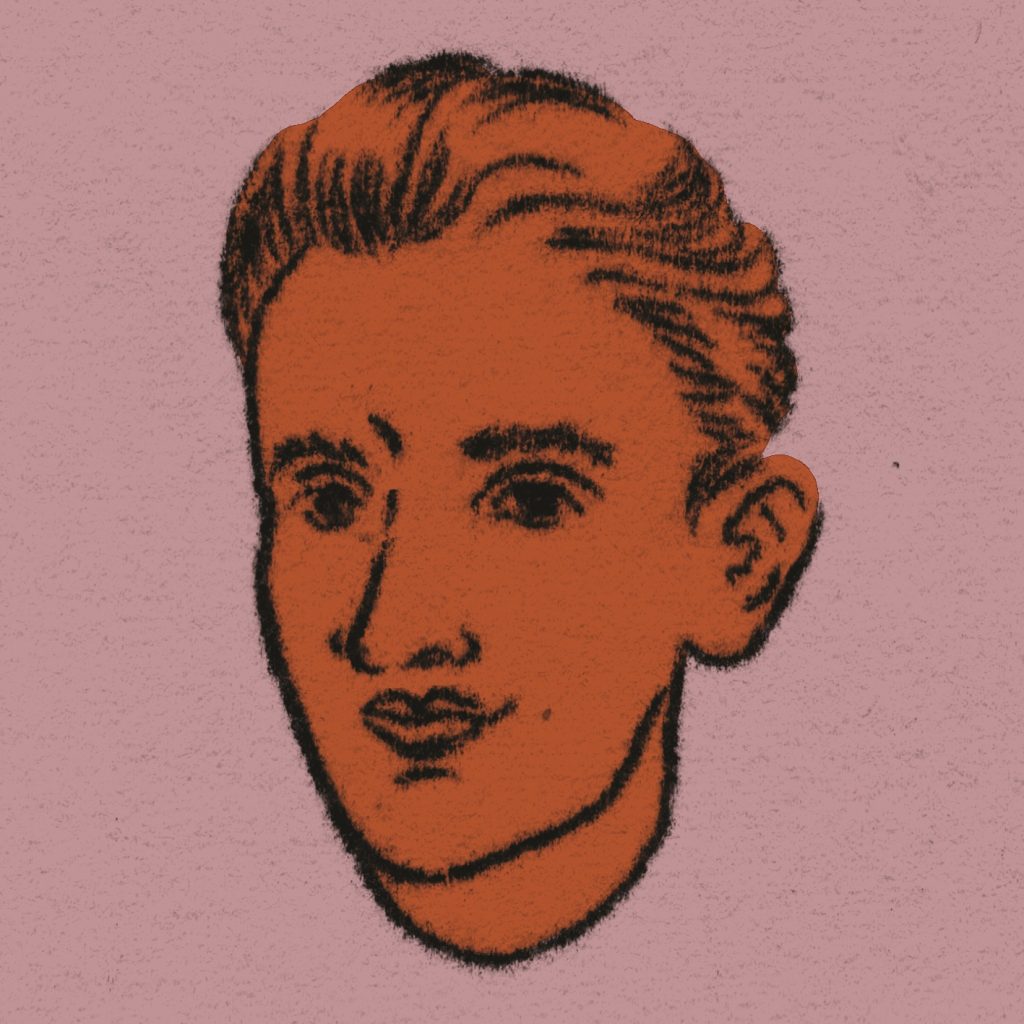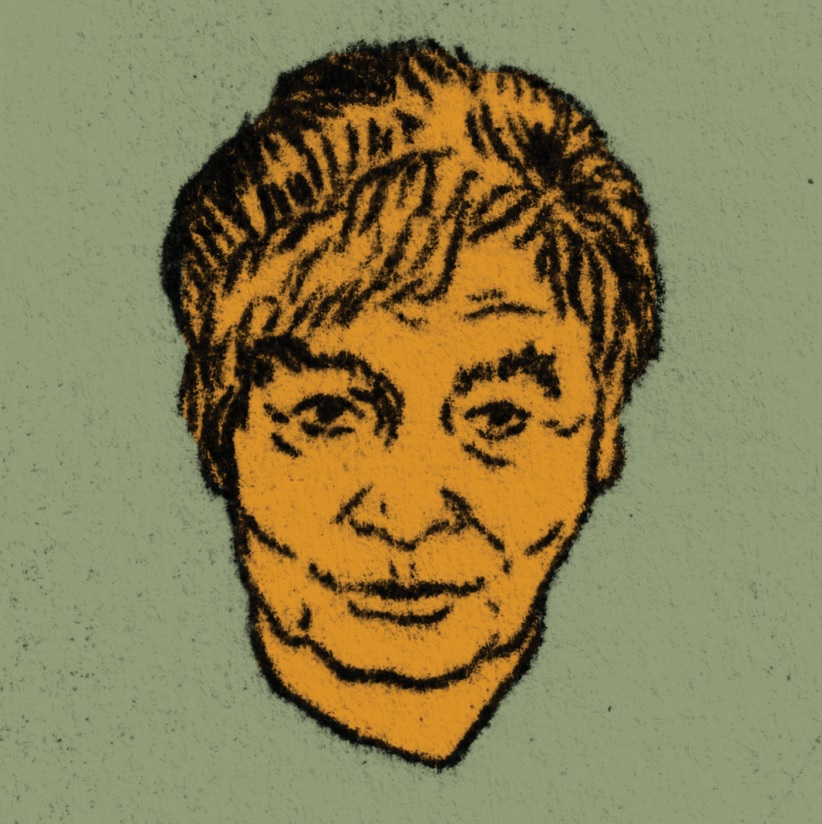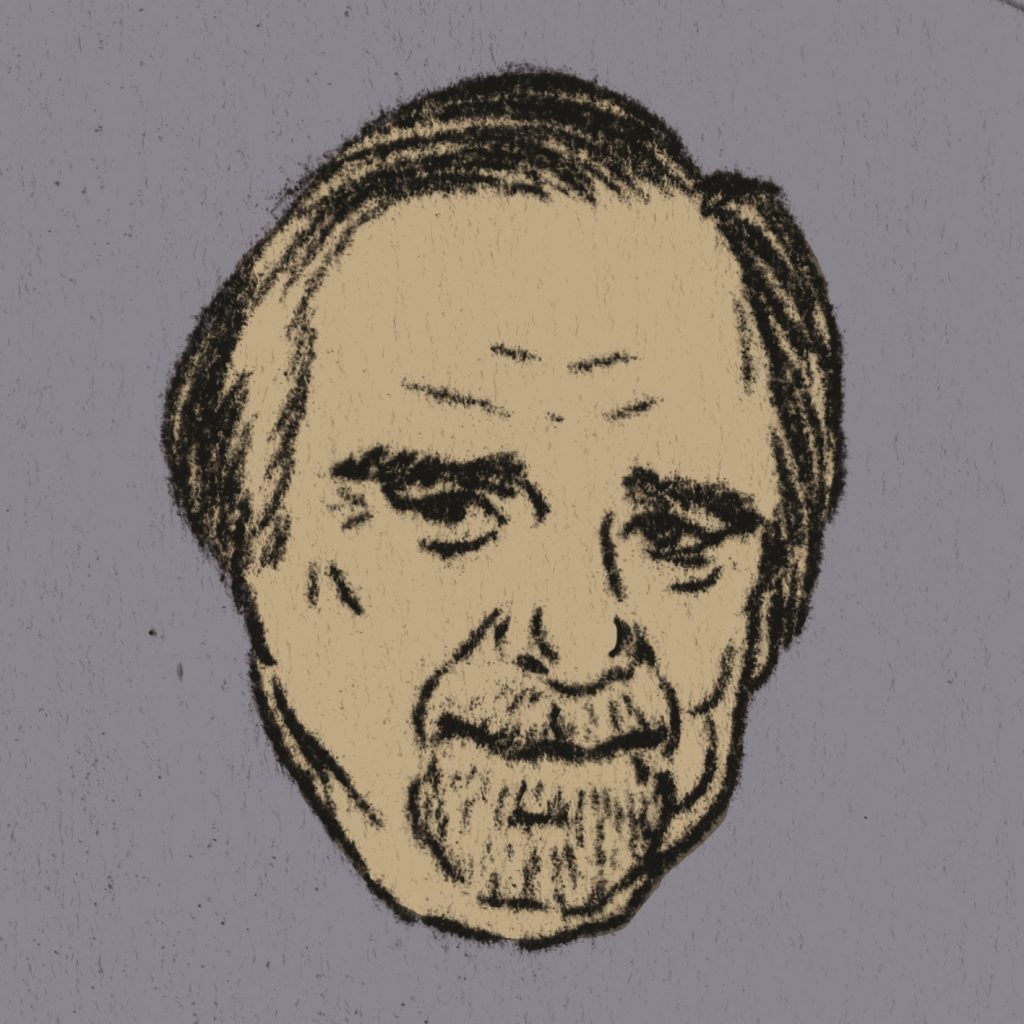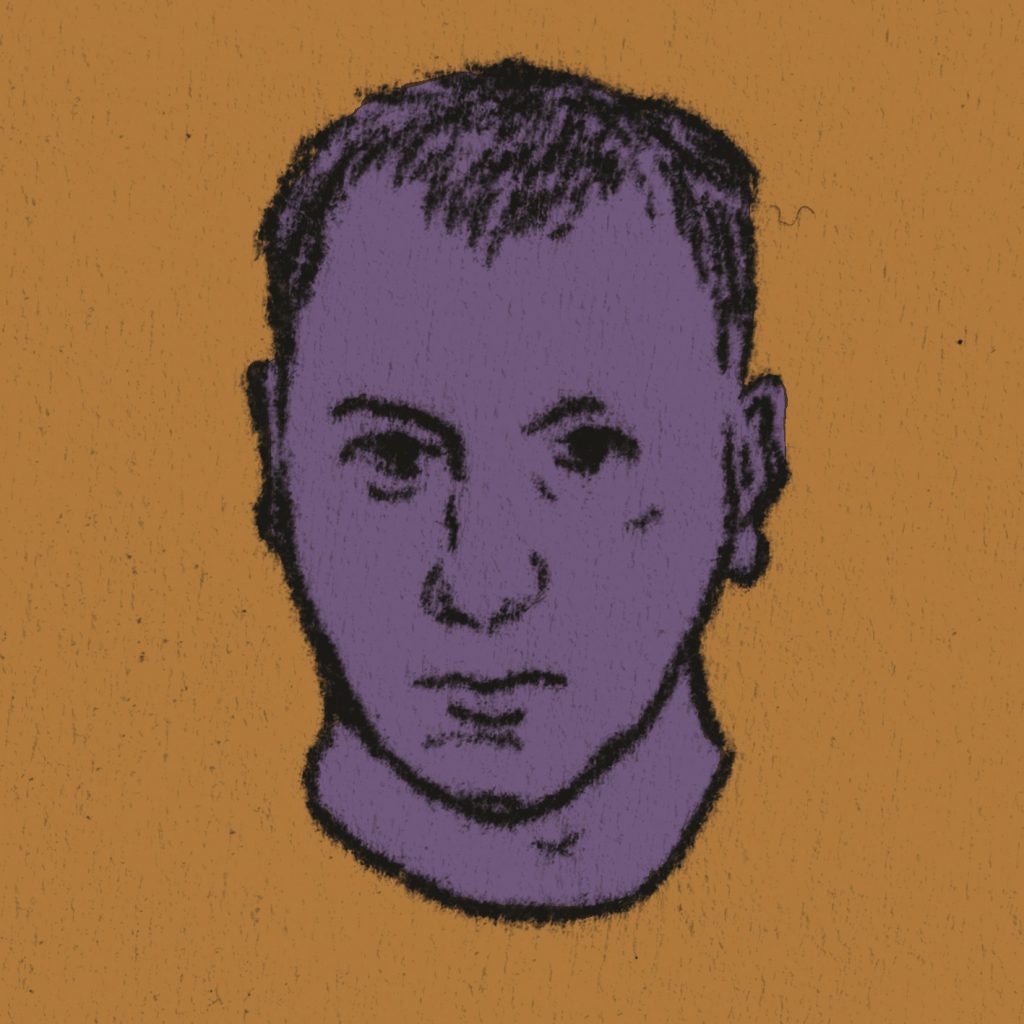
EDWARD HARTWIG 1909–2003
WILLOWS the1960s
photographic series
„The most important thing for me is essence, the essence taste of what I cook. This is the same for me in photography. Simple, without novelty, without extreme effects. But essential.“
„Colour in the impressionist paintings was the main inspiration for me. I tried to adopt a similar approach in photography, in black-and-white photography, which seems literally impossible.“ Blurry, hazy, out-of-focus shots make it difficult to tell whether they are photographs or paintings. Such images make the most painterly photography series by Edward Hartwig. Willow trees and the landscape are the main motifs of his art. He used to say that willows were photographed by many but no one made an effort to show them in their complexity. For the artist, photography was not a documentary but a painting. Hartwig’s willows went down in history for one more reason. They turned into a nightmare for a jury of a photography contest in Lublin. Hartwig won one of its editions with a photograph featuring two boys walking along a path among willow trees. A year later, several similar photos were submitted. Everybody decided to take a picture of the same tree.
Hartwig specializes in landscape, theatre, architecture, and sports photography. He experimented in each field with photography and editing techniques. Hartwig’s art escapes any classifications balancing on the edge of graphic art and painting. Initially, the artist wanted to go into painting, however, encouraged by his father, also a photographer, he changed his mind.
Edward Hartwig is one of a few Polish artistic photographers who have won wide international acclaim. His works can be found in museums around the world, including Great Britain, the USA, Israel, and many private collections. In 1960 Hartwig won the gold medal for sports photography at the Olympic Games in Rome. He was a deeply Polish artist but a global thinker.
Illustrated by MARTA TOMIAK

ZOFIA RYDET 1911 – 1997
SOCIOLOGICAL RECORD 1978 – 1990
photographic series
„Home is (…) a reflection of the society, civilization, and culture where it has been created; no two people are alike as no two homes are alike.“
13 years of work, 20,000 photographs, countless trips around Poland and abroad, visits in houses and apartments, candid photographs and carefully posed shots, focus on people, but also décor or home accessories – this is what makes Zofia Rydet’s Record. Her two lifelong passions, people and photography, were brought together in her Sociological Record. Initially, the photographer meant to focus on home décor, objects, and the surroundings rather than a person, who was supposed to be merely sitting motionlessly looking straight at the camera. And yet, the photographer quickly noticed that the person is the main focal point in the picture. Rydet liked the idea of playing with the traditional portrait photography. The photographer changed her style several times. She took photographs of the subject on the threshold of a house, inside their home, with a photo of the pope, against souvenirs and trinkets. As Rydet did not have a car, she was often driven to her photo shoots by her friends. Apparently, they would often spend the night at the photographed houses.
Rydet graduated from the University of Life Science in Snopków, near Lviv. It wasn’t until a mature age that Rydet took a serious interest in photography. Not much is known about her personal life as she did not like to talk about herself. She believed that photography mattered the most. Rydet hated wasting her time. At the end of her life she used to work constantly to take as many photographs as possible.
Rydet’s photographs are to be found in the most important collections in the world, including that of the Modern Art Museum in New York. It’s not commonly known that some photographs making Record were also taken in France, Vilnius, Opava, and New York. It’s not difficult to spot the differences between them. In the foreign photographs there are more empty streets and impersonal facades of buildings while Polish photographs are filled with people and vibrant life.
Illustrated by MARTA TOMIAK

CHRIS NIEDENTHAL 1950
APOCALYPSE NOW 1981
photography
„The essence is was matters most to me; the essential flavour of whatever I’m cooking. For me the same applies to photography: simple, free from innovations or special effects but capturing the essence.“
December of 1981 was a particularly difficult period in the history of Poland. The atmosphere of Warsaw was charged with political tensions, declared state of emergency, uncertain future and hopelessness. Chris Niedenthal captured the complexity of the situation in one photography. The moment the photographer saw the scene with an armoured military vehicle and the Moscow cinema screening Apocalypse Now in the background, he realized it was a perfect news story. All he needed to do was to find a safe place to take the photograph. Taking photos on the streets, particularly taking photos of the military during the state of emergency, meant putting yourself at the risk of detention, to say the least. However, it quickly became apparent that taking a photograph was a minor task in comparison with the act of sending the film to the Newsweek’s editorial office in Berlin. It was made possible with the help of a German student who agreed to smuggle the package.
Niedenthal had a great feeling for capturing the right moment. He was always present when significant events happened. He was the first to photograph the town of Wadowice soon after Karol Wojtyła was elected the pope. He was also the first foreign reporter to document the strikes at the Gdańsk Shipyard. Although his first name is British, Niedenthal is the son of Polish immigrants. He spent his early years in London, where he earned a degree in photography. It wasn’t until 1998 that he was awarded Polish citizenship.
Niedenthal photographed leading politicians of the 20th century including Margaret Thatcher, Helmut Kohl, Boris Yeltsin, Lech Wałęsa. He received international acclaim for his photographs documenting the everyday life of the People’s Republic of Poland, which often made the „Newsweek’s“ covers. The photographer also documented the socialist reality of other communist countries. In 1986 he was awarded the World Press Photo award for the portrait of János Kádár, the General Secretary of the Hungarian Communist Party.
Illustrated by MARTA TOMIAK

TOMASZ GUDZOWATY 1971
THE FIRST LESSON OF KILLING 1999
photography
„Vision is born from life experiences, your own and others’; it’s not about putting it into practice but rather verifying and finding its equivalent in the given reality.“
A black and white photograph featuring two young cheetahs looking slightly frightened or astonished. They are twisting their heads observing a gazelle standing between them.
The gazelle is looking straight at the camera with fear in the eyes. It’s clearly trapped. There is nowhere to escape. The first lesson of killing has gained such wide recognition that it has been included in many photography textbooks around the world. The photo won Gudzowaty the World Press Photo award in 1999 in the nature category as well as international fame and recognition. As one of a very few photographers representing Eastern Europe who have been awarded the prize, Gudzowaty confirmed his mastery only a year later when he won two more awards in the same contest.
Most of Gudzowaty’s photography projects are black and white with each picture being perfected aesthetically. Each project makes a complete whole, a one-of-its-kind essay usually consisting of 12 photographs. The photographer’s career started quite unexpectedly as he was initially planning to pursue a career in the field of law. However, his first trip to Africa and subsequent success of his photography projects totally changed his plans. His artistic development has been influenced by many renowned artists, among them a Brazilian photographer Sebastião Salgado.
To list all contests that the photographer has taken part in and all prizes and distinctions that he has received would be a challenging task. The sole fact that Gudzowaty won the World Press Photo nine times makes him one of the most acclaimed photographers in the world. For the last few years, the artist has been involved in projects related to sports photography, which as he says “combines subtle metaphysical experiences and unusual social awareness.“ He has continued working on wildlife photography and social problems. In 1999 the Polish Postal Services issued a series of stamps titled “Wildlife in Africa” featuring Gudzowaty’s photographs.
Illustrated by MARTA TOMIAK
